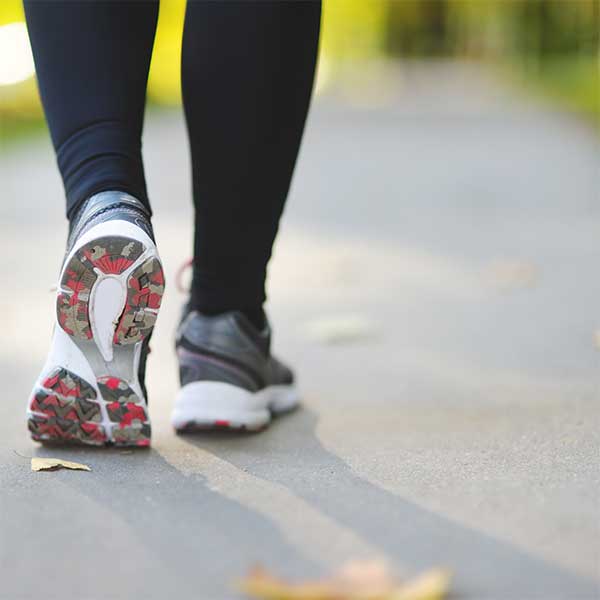Brought to you by Connecticut Breast Imaging
Running is an excellent way to stay healthy and active, control your weight and keep your body strong. However, avoiding injury is crucial. Connecticut Breast Imaging suggests reviewing these five key areas to help you stay safe and injury-free when running.
Hydration
Hydration is a key, and often overlooked, factor for runners. In fact, hydration should begin two to four hours BEFORE your run. Sip – don’t chug – and spread out your drinking over time, and aim to consume 16-24 ounces in the hours leading up to your run or race. This allows your body time to absorb the water. Water is excellent for hydration, but if you plan to run or race for more than an hour, or in very hot temperatures, a sports drink with electrolytes (sodium and potassium) is recommended to replace what is lost in sweat.
Nutrition/Fuel
A pre-race/run meal about 90 minutes to two hours prior is necessary to top off your glycogen storage (which is in the form of carbohydrates in our muscles) to give you adequate energy throughout your run. Avoid a heavy meal, or anything high in fat or fiber, which takes longer to digest and can cause stomach upset during your run. Stick to easy-to-digest carbohydrates, along with a little bit of protein to keep you satisfied. Toast or bagel with peanut butter; pretzels with hummus, a small bowl of cereal with low fat milk are all good options. Depending on the time of day you run, a turkey sandwich or pasta are also good choices.
Breast Support
Wearing a good sports bra is crucial when running. Not only will this help you run better, but minimizing bounce will alleviate back and breast pain. A good sports bra will also protect your Cooper’s ligaments, which are located throughout your breasts and help to maintain their shape, to ultimately aid in the prevention of sagging. Your sports bra should fit snugly but still allow you to breathe. A good rule is that you should not be able to get more than one finger under the band, and there should be no puckering. The back band should remain at the same level all the way around.
Running Shoes
Women’s feet are different from men’s feet. Women’s heels tend to be narrower, and their instep height tends to be lower. Because women’s hips are wider, they tend to strike the ground more on the outside of the foot. It is therefore important to find a running shoe designed specifically for women (many brands design shoes for men and simply modify them for women). Make sure the heel fits snugly, and there is room in the toe box for splay.
Stretching
Stretching helps loosen muscles to avoid stiffening during or after a run, and increases mobility. However, since women tend to have tighter hips than men, stretching your hip flexors is key to improving your running. This can be done at home with exercises such as fire hydrants, glute bridges, and using resistance bands to do lateral stretches.
We hope you have a great run. Please be sure to schedule your annual breast screening to catch breast cancers and other issues early. Visit ctbreastimaging.org to book your mammogram or call 203.426.3002.













